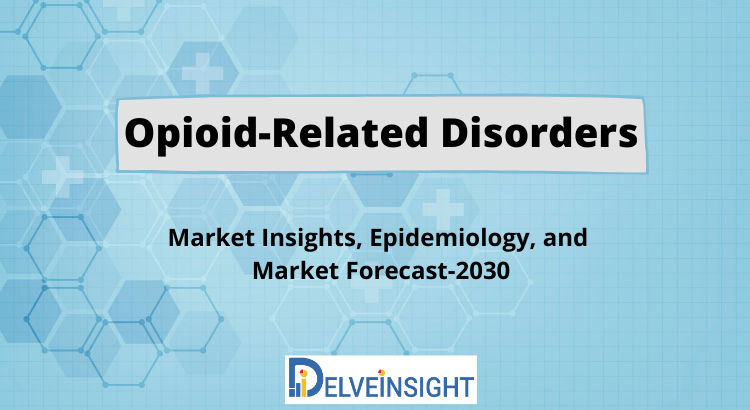The increase in Opioid-related Disorders market trends is a direct consequence of increase in affected population of Opioid Use Disorder patients in the 7MMThe increase in OUD is associated with widespread access to prescription opioid analgesics, enhanced purity of heroin, the introduction of potent illicit fentanyl compounds, and a rising tide of opioid overdose fatalities. These deaths have become the face of the opioid epidemic.
- According to a study titled “Pain Management and the Opioid Epidemic: Balancing Societal and Individual Benefits and Risks of Prescription Opioid Use”, (2017), at least 2 million people have an opioid use disorder (OUD) involving prescription opioids, and almost 600,000 have an OUD associated with heroin.
- The study conducted by Van Amsterdam J et.al estimates that, in the U.S. prescribed opioids became the second most prevalent type of abused drug (4.5 million abusers; 1.7% of the population) after marijuana (8 million abusers) with currently 1.9 million (0.7% of the population) people dependent on opioid pain relievers.
- A study titled “Opioid-related deaths in Europe: Strategies for a comprehensive approach to address a major public health concern”, (2020), quoted that it is estimated that there were 1.3 million high-risk opioid users in the European Union (EU) in 2017, with 77% of these resident in the five most populous EU countries (Germany, Spain, France, Italy, United Kingdom).
- As per findings of a Japanese study titled “Current Status of Adverse Events Related with Opioid Analgesics in Japan: Assessment Based on Japanese Adverse Drug Event Report Database”, the most frequent AE was “delirium” in 7.8% of the reports. The second most frequent AE was “respiratory depression” in 4.9% of the reports, which also ranked within the top three AEs in morphine-, fentanyl-, and methadone-related reports. Other AEs in more than 3% of the reports were “nausea” (3.7%) and “vomiting” (3.4%).
- According to CDC, In 2016, 11.5 million people self-reported that they had personally misused prescription opioids during the previous year.

